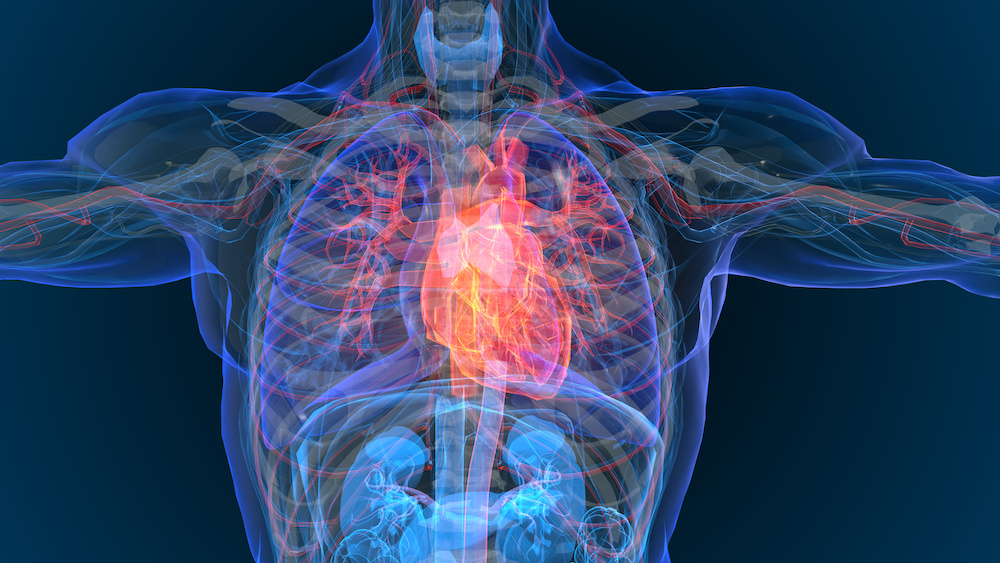What is Electrophysiology and Its Relation to Heart Health?

We all know the feeling of our heart racing or fluttering as we get excited, nervous, or stressed. But what is going on in the heart to get a heart rhythm? The heart contracts and expands to pump blood through the body using an electrical stimulus that starts in the heart’s sinoatrial node. That electrical stimulus travels through the four chambers of the heart to give the heart the ability to pump blood. Electrophysiology is the study of the electrical patterns in the heart. Electrophysiologists are doctors who specialize in the heart’s electrical patterns and most commonly treat patients with heart arrhythmias.
An Overview of Electrophysiological Research, Heart Arrhythmias, and Atrial Fibrillation
Arrhythmias are any problems with the heartbeat. Arrhythmias can feel like the heart fluttered, skipped a beat, suddenly started racing, or is beating very slow. These sensations can normally occur when experiencing different emotions. But most commonly for arrhythmia patients, this occurs because of a disruption in the heart’s electrical pathway.
When the electrical stimulus in the heart does not follow the correct electrical pathway through the heart, the heart contracts and expands either too rapidly or slowly, causing blood to flow improperly or back into the heart. The disruption in the electrical stimulus’s pathway is the cause of the arrhythmia. What can happen over time with repeated arrhythmias is that the heart cannot pump as effectively, resulting in less blood flow throughout the body. Electrophysiologists are concerned with arrhythmias when they happen unexpectedly and frequently. Not all arrhythmias are a concern, and some can be considered harmless. The earlier the diagnosis of arrhythmia, the better the outcomes for the patient. Arrhythmias can damage or weaken the heart and the heart’s ability to pump blood. Treatment options for arrhythmias can help control the occurrence of the arrhythmia or prevent damage to the heart.
Electrophysiology and Atrial Fibrillation
Specifically, electrophysiologists are concerned with patients who experience atrial fibrillation. Atrial fibrillation (also known as AFib) is an arrhythmia where the chambers of the heart begin to rapidly beat and look like they are quivering. Blood can get unexpectedly pushed into the atria of the heart. The trapped blood can lead to blood clots or strokes. Atrial fibrillation is a severe worldwide disorder and is expected to affect around 40 million people. Early diagnosis of is vital to ensure successful outcomes.
What is an Electrophysiology Study of the Heart?
Electrophysiologists conduct an electrophysiology study on patients to diagnose arrhythmias and atrial fibrillation. As part of the diagnosis, electrophysiologists will pinpoint where the electrical pattern is getting disrupted in the heart. From the study results, the electrophysiologist will be able to determine if medications, ablation therapy, or routine monitoring are needed to treat the patient. Even with electrophysiology studies, arrhythmias can be difficult to diagnose. Patients undergoing an electrophysiology study are often not experiencing constant arrhythmias. However, early diagnosis and treatment of arrhythmias are essential to ensure no further damage to the heart.
CVRTI’s Research in Electrophysiology & Abnormal Heart Rhythms
At the Nora Eccles Harrison Cardiovascular Research and Training Institute (CVRTI), researchers are committed to learning how to better understand the heart’s electrical patterns. There has been a long-standing focus on cardiac rhythm and its disorders since the foundation of the institute. The CVRTI is exploring new technologies to better diagnose and help patients who suffer from arrhythmias and other heart rhythm disorders. CVRTI researchers have changed the landscape of electrophysiology by understanding how cardiac bioelectricity creates the electrocardiographic signal, both in health and disease and deciphering how ion channels and transporters create the heartbeat and become altered. CVRTI researchers are dedicated to the study of the genomic basis of inherited arrhythmia syndromes and studying how risk factors, such as obesity , affect arrhythmia incidence and mortality. Finally, the structural basis of atrial fibrillation , the most common rhythm disorders, is being elucidated by pioneering imaging studies . In all, the CVRTI continues to lead the way in electrophysiological reasearch and understanding how rhythm disorders develop and creating tools to study and treat these in patients.
CVRTI researchers are also learning the ion channels that generate electrical signals in the heart have other roles as well. Ion channels can regulate mitochondria , which is the power center of each muscle cell, as well as cell organization . Also, the proteins that organize ion channels can be used to rescue failing heart muscle as well as help clinicians quantify the extent of heart muscle failure . The more we learn about ion channel, the better our understanding that these basic building blocks are not just important for the heart’s electrical system, but for heart function as well.


